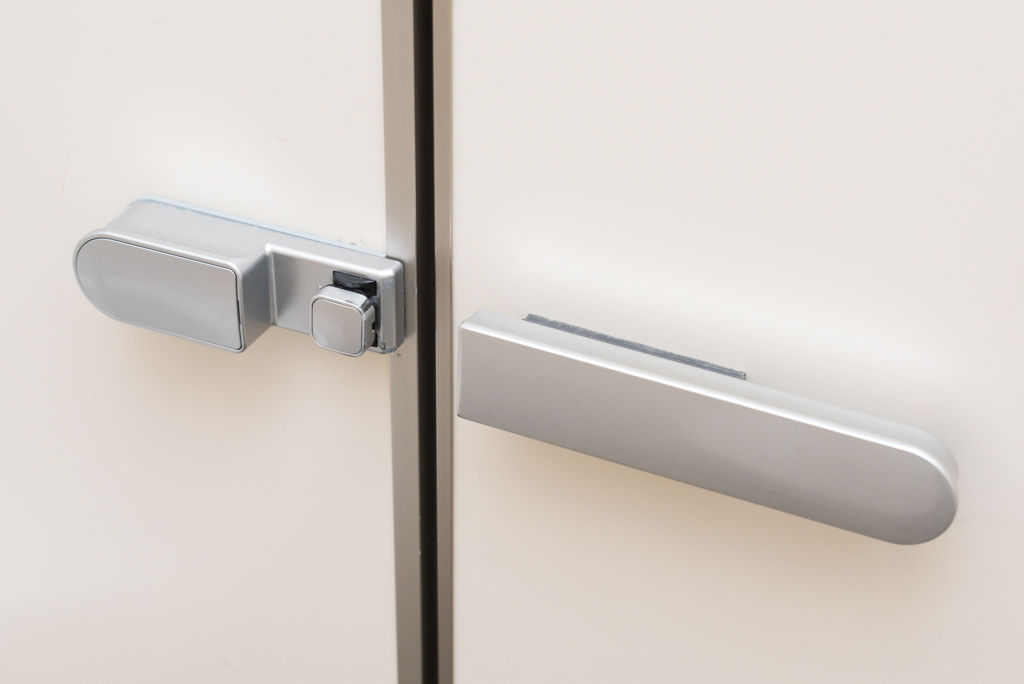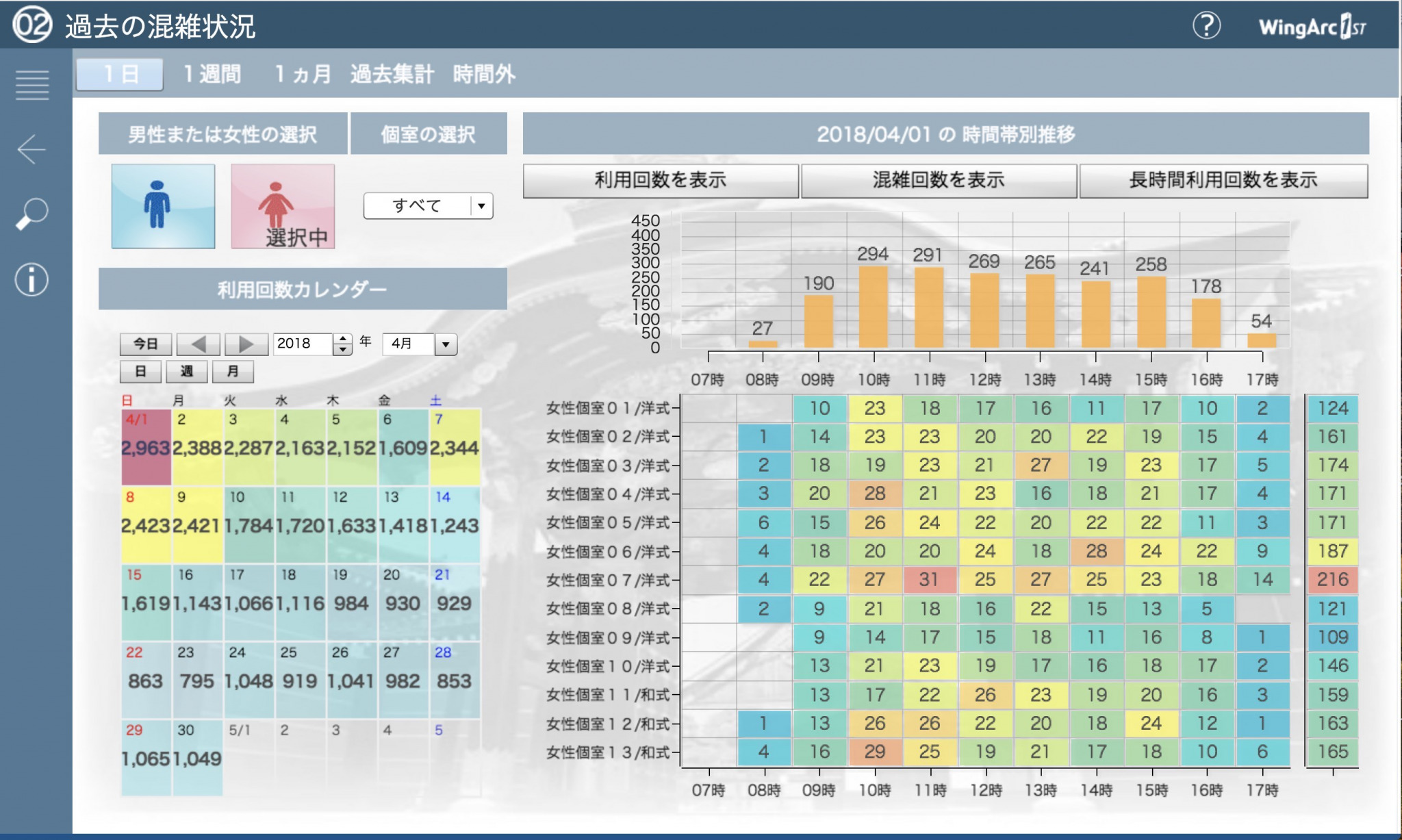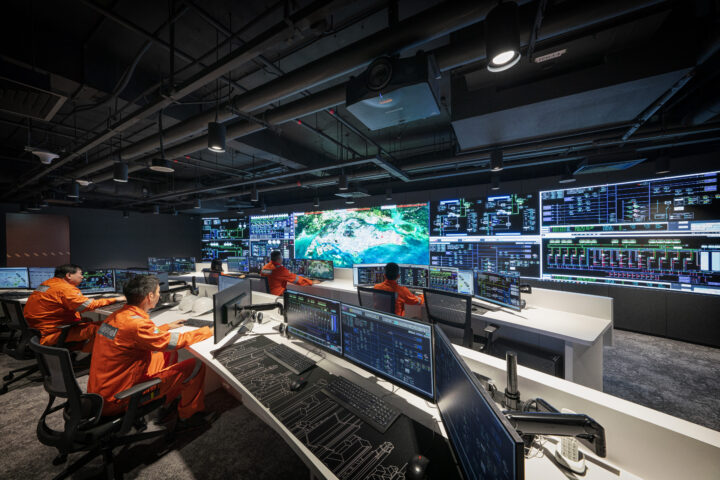Understanding Visitor Movements with IoT Toilets
Nijo Castle, the former Imperial Palace located in Kyoto, Japan, was built in 1603 for Tokugawa Ieyasu, the first shogun of Japan's Edo Period. It is a hugely popular spot visited by many tourists all year round, with a record high of 2.4 million visitors in 2017.
But this article is not a story about history. In fact, despite Nijo Castle's status as a UNESCO World Heritage Site, its toilet facilities use some of the world's most advanced technology.
Collaborating with Osaka-based IoT device manufacturer Shibutani Inc, semiconductor company ROHM, and Kyoto City, WingArc implemented a demonstration solution for Nijo castle that visualises usage patterns of the bathroom facilities using WingArc’s MotionBoard Business Intelligence platform.
Why monitor toilet usage? One immediate benefit of the analysis is that it has enabled more efficient cleaning management, improving visitor satisfaction and reducing complaints about dirty facilities. But understanding usage patterns also has wider implications. It acts as a proxy for understanding overall visitor numbers and the flow of those visitors around the entire castle site, which helps the team at the castle to better manage and plan for their visitor numbers.
Self Powered IoT Sensor Solves Wiring Dilemma
One of the biggest challenges with implementing the demonstration was to find suitable sensors.
While there were a number of solutions on the market, they were all wired and required a power supply. This was simply not an option for the Nijo Castle deployment, so the team looked for a wireless solution.
Battery powered sensors were also rejected, due to the time and cost of managing periodic replacement of the batteries, and solar was not viable, given that the sensors are located in rooms where the lights are regularly turned off for long periods.
The solution was an innovative self-powered, wireless IoT sensor built by Shibutani that is embedded inside each cubicle's door lock: the Switch Strike Air.

The Switch Strike Air does not require a battery or any other power source, but rather when the user slides the device across to lock or unlock the door, this action generates enough power to wirelessly transmit the status of that cubicle back to the receiving base station, which forwards the information on to MotionBoard.
What Did the Data Show?
Analysing the data that had been generated so far, a number of patterns and interesting insights began to emerge.
For example, as shown here with the cubicles ranked in order of usage, the cubicles closest to the door saw the most traffic, while those furthest from the door were used the least. This information can be used to optimise cleaning, and when refilling supplies such as toilet paper.
The data also showed a clear demand for the Japanese-style toilets available within the facility, with about a fifth of all usage being the Japanese-style facilities, confirming to management that there is ongoing demand for this type of toilet.

The data also captured time of day usage, which showed that the toilets were quietest before 10 am and after 4 pm, with peak usage occurring around 11 am—invaluable information for planning and optimising cleaning schedules:

So if you ever have a chance to visit Nijo Castle, please pay attention to the world’s most advanced IoT toilet solution!
Advanced IoT Analytics
Explore our business intelligence solution for IoT: MotionBoard to see what advanced IoT analytics could do for you.



